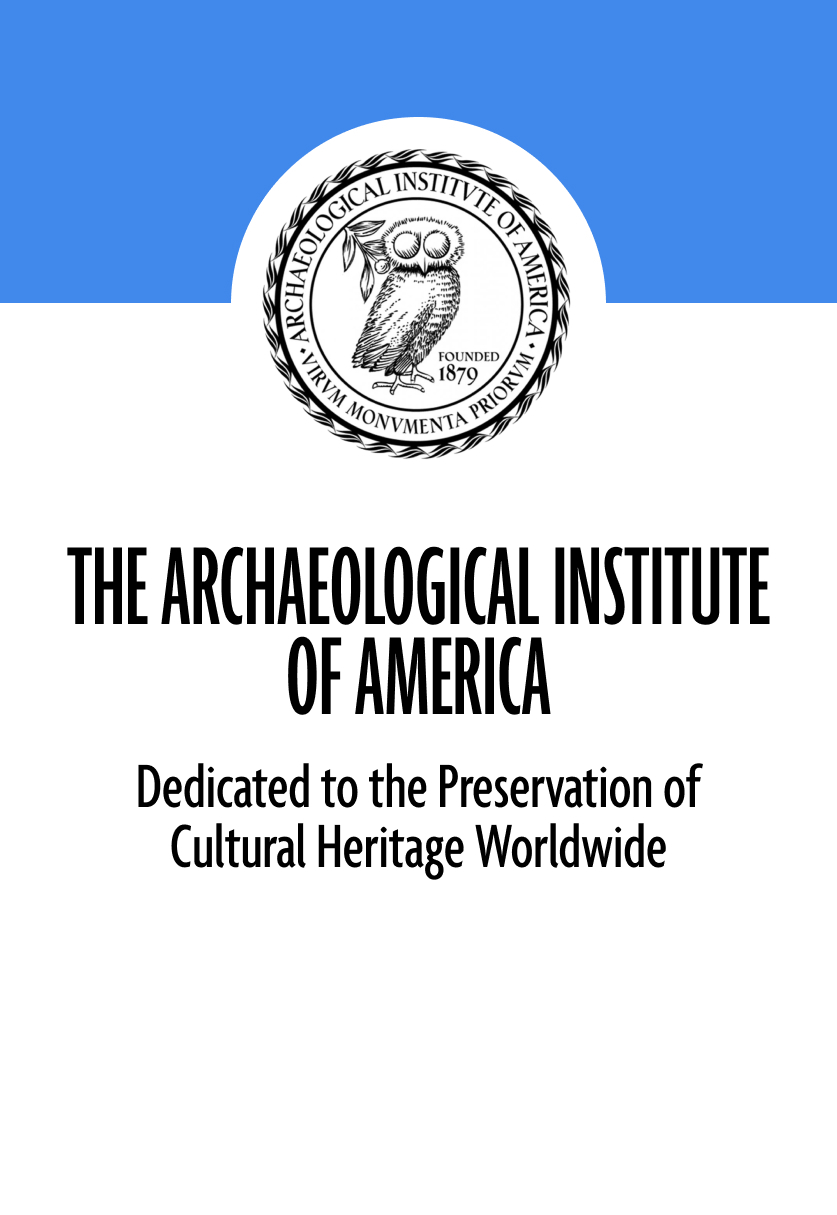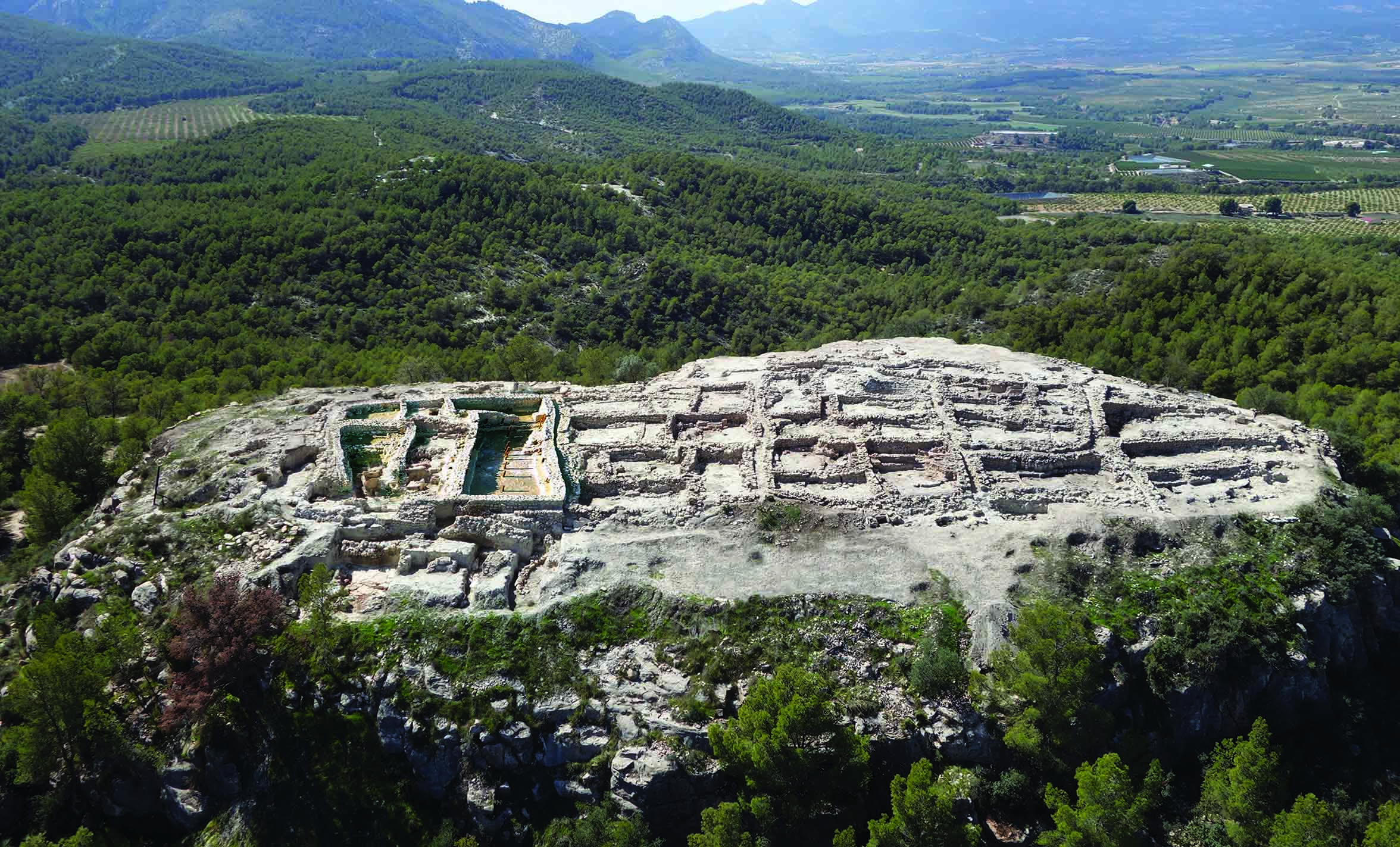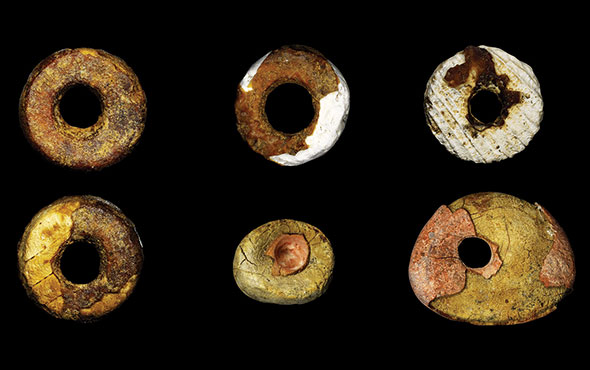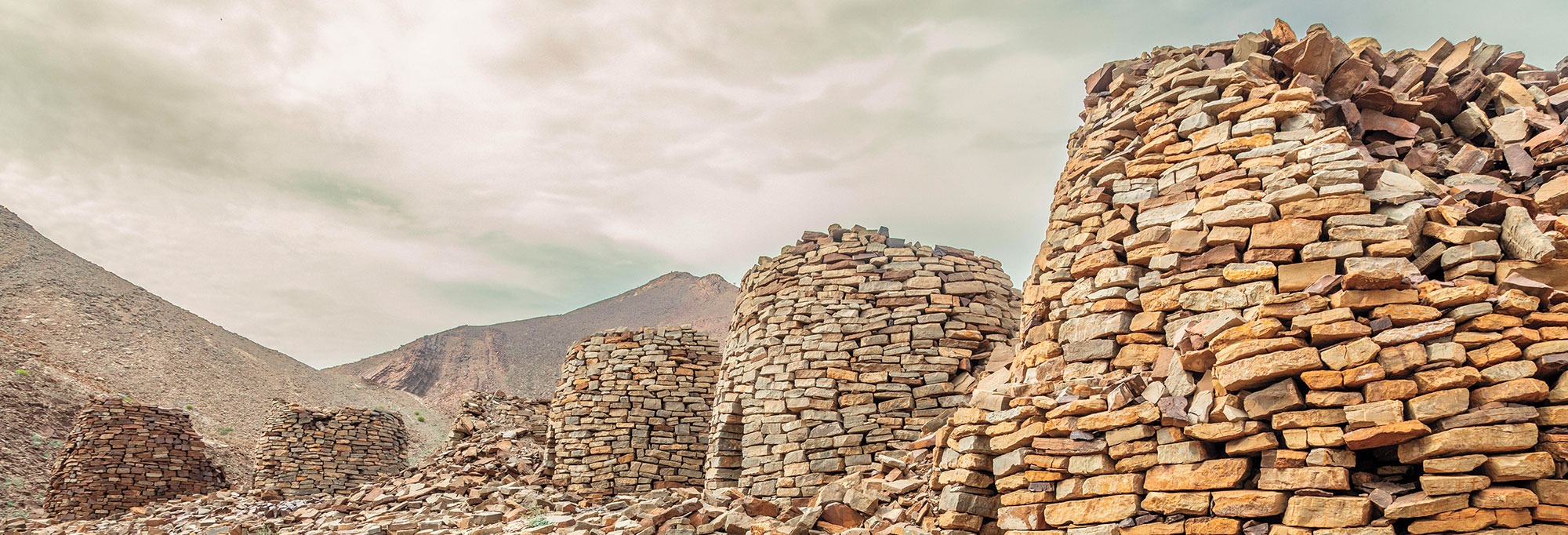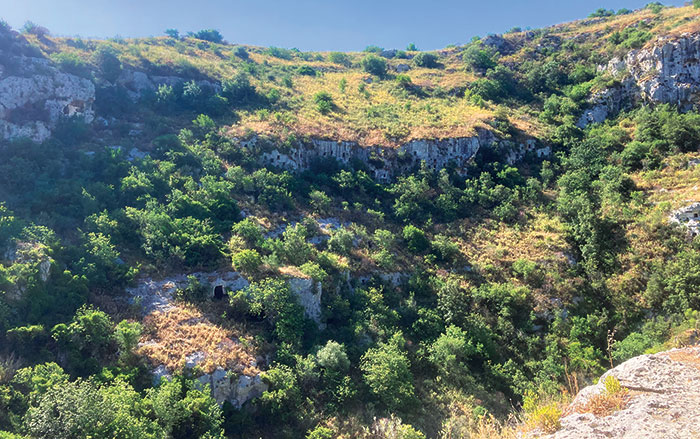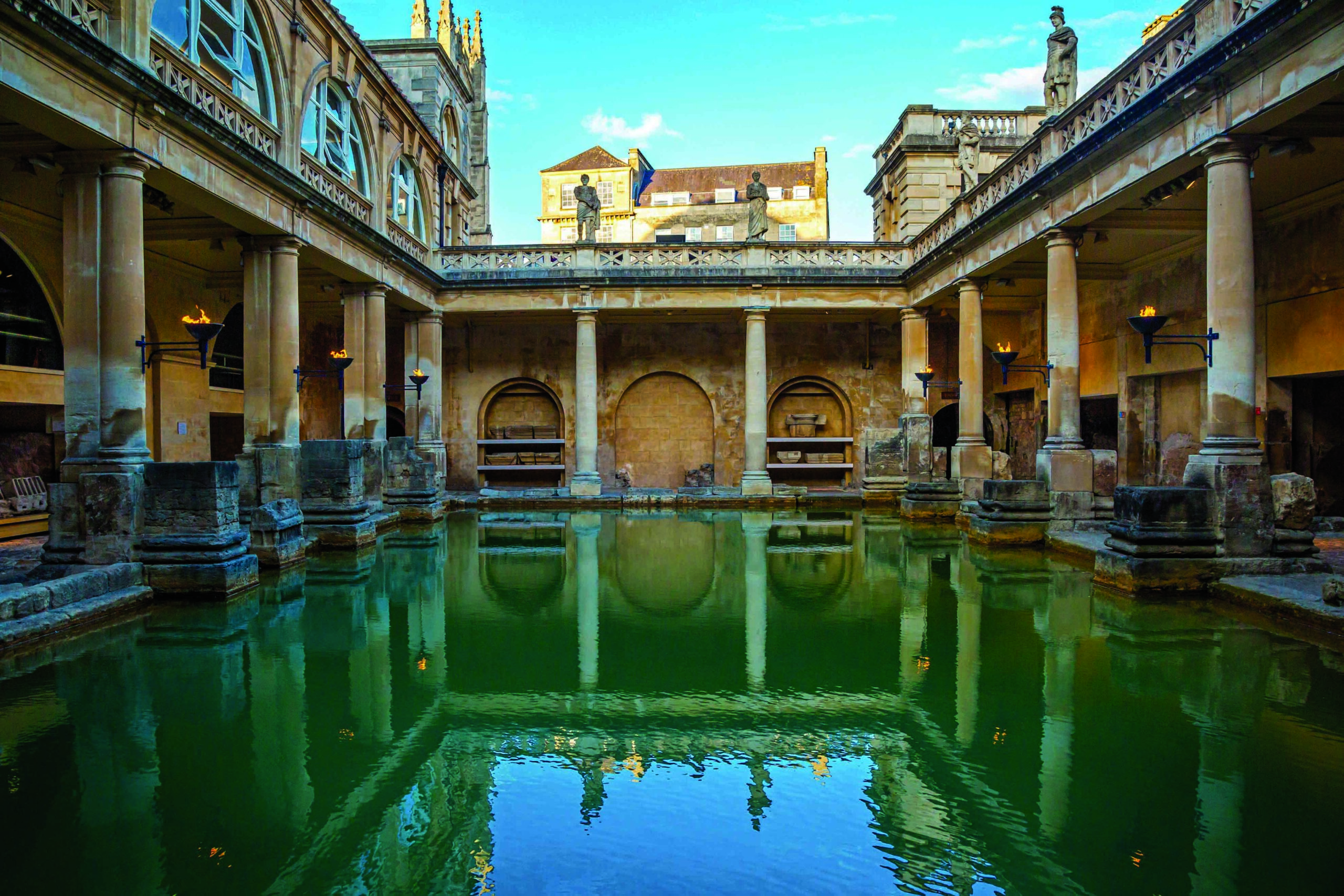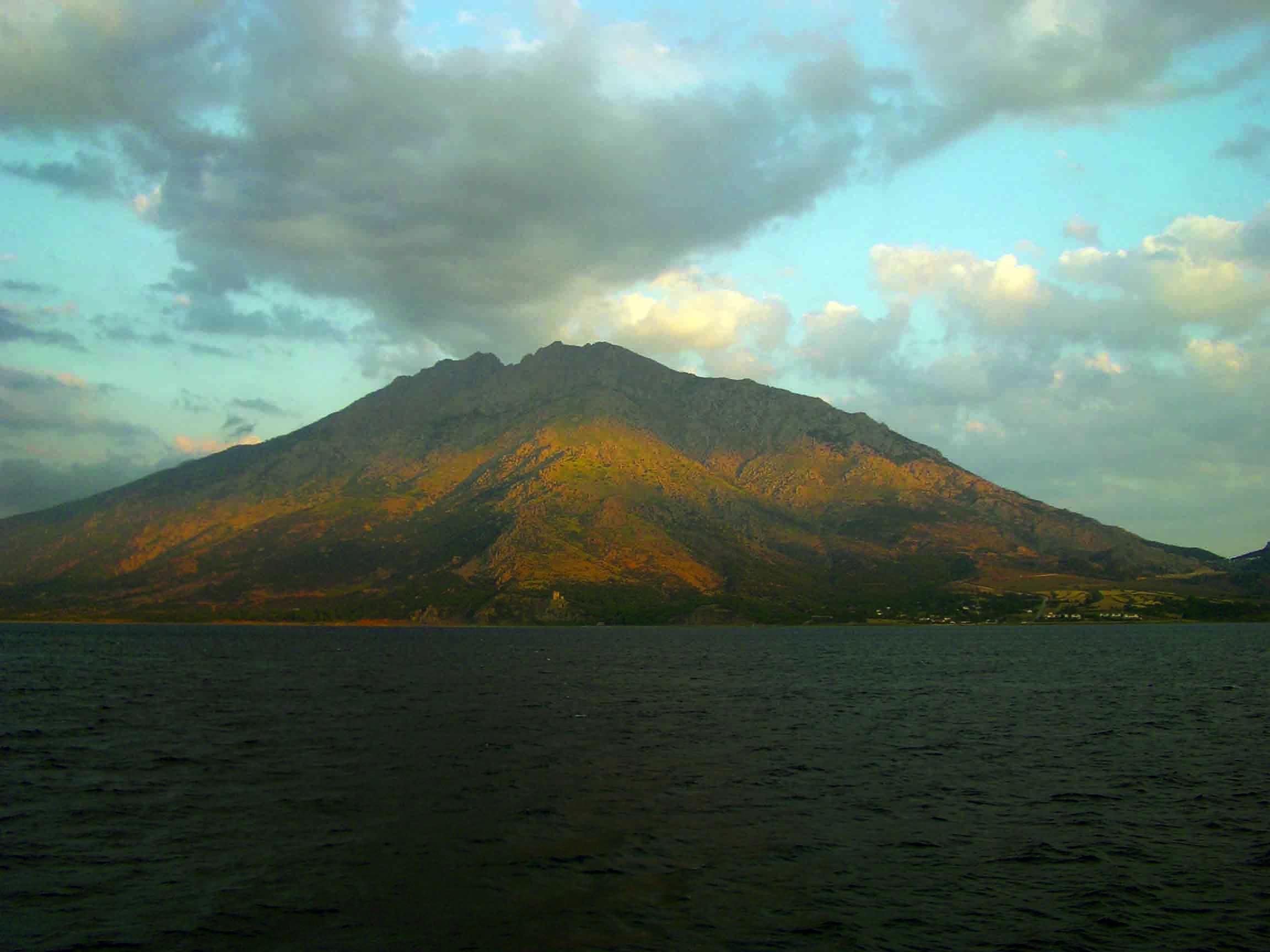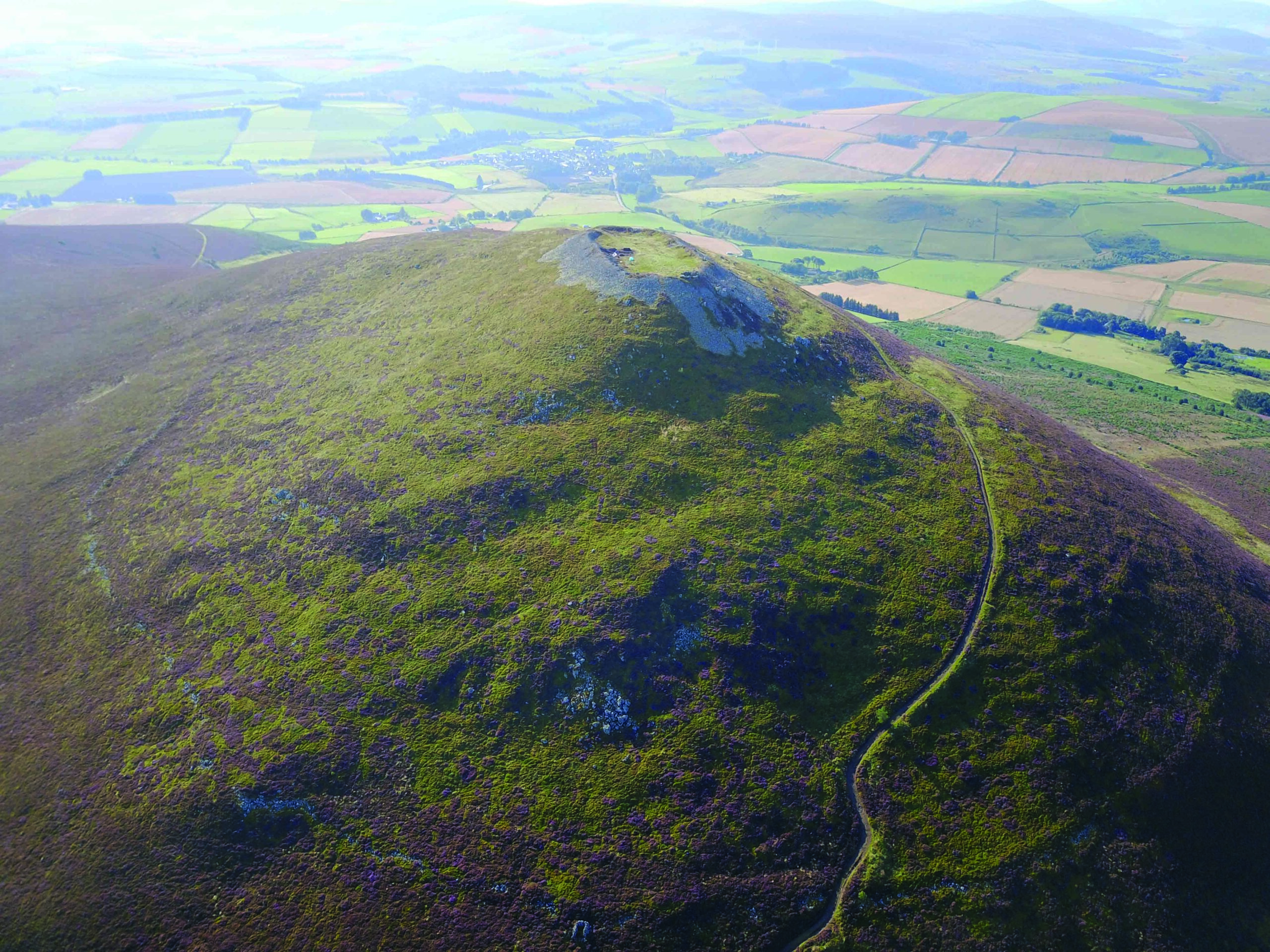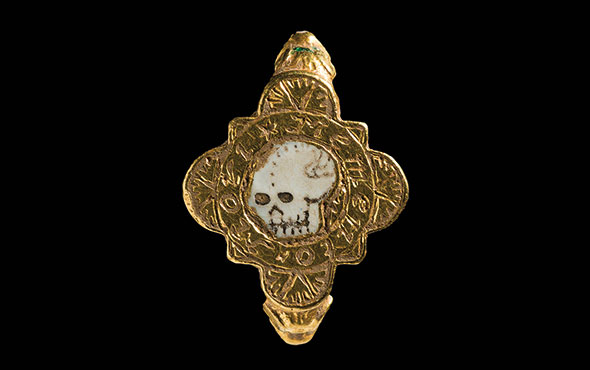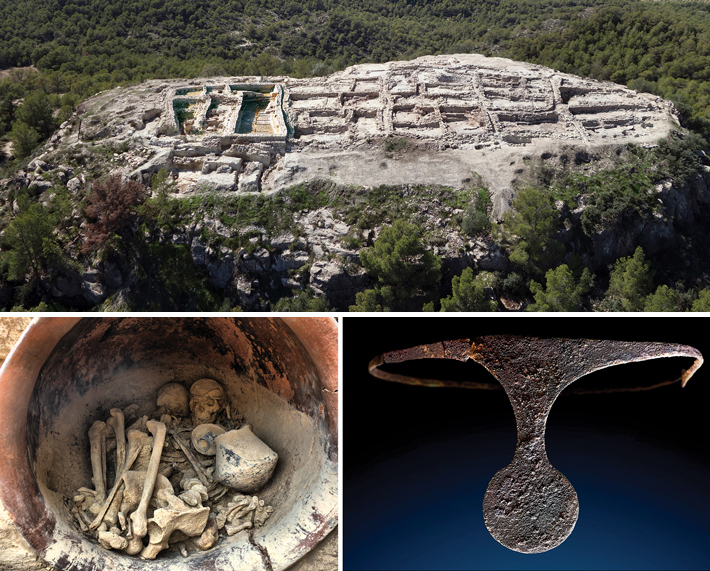
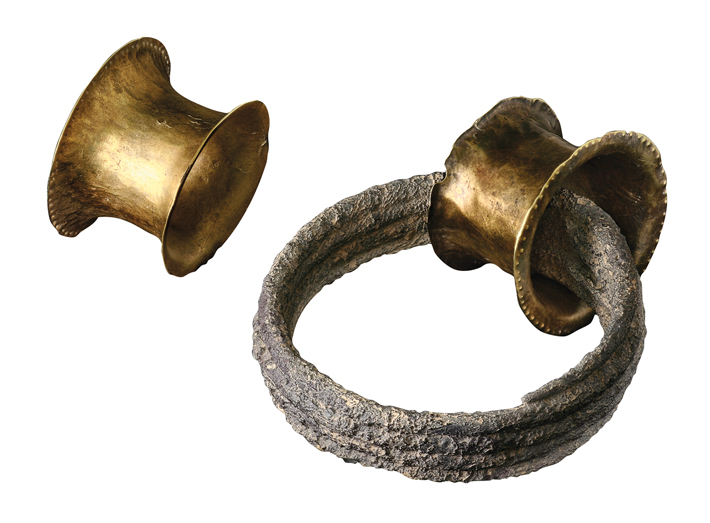
A rich burial unearthed in southeast Spain suggests that women may have held greater power in the Bronze Age El Argar culture than previously understood. In a large building at the palace site of La Almoloya, a team of archaeologists discovered the remains of a 35- to 40-year-old man and a 25- to 30-year-old woman who had been buried in a large ceramic jar in the mid-seventeenth century B.C. The room where the couple was buried had a raised platform and benches on all four sides that could seat more than 50 people. It appears to have served as an important gathering space. “The fact that the woman and man were buried in the most outstanding building and ample hall we know of suggests that they were both linked to the political sphere,” says archaeologist Roberto Risch of the Autonomous University of Barcelona.
Compared with the man, the woman was buried with a much more lavish array of gold and silver objects, including an awl, earplugs with spiral loops, and a silver diadem atop her head. The diadem is nearly identical to silver crowns found in the graves of four other women excavated in the nineteenth century at the site of El Argar, from which the culture derives its name. These burials, Risch explains, also contained more high-value objects than contemporaneous male burials. “This makes a good argument that women played a special role in the economic and political organization of this society,” says Risch.
